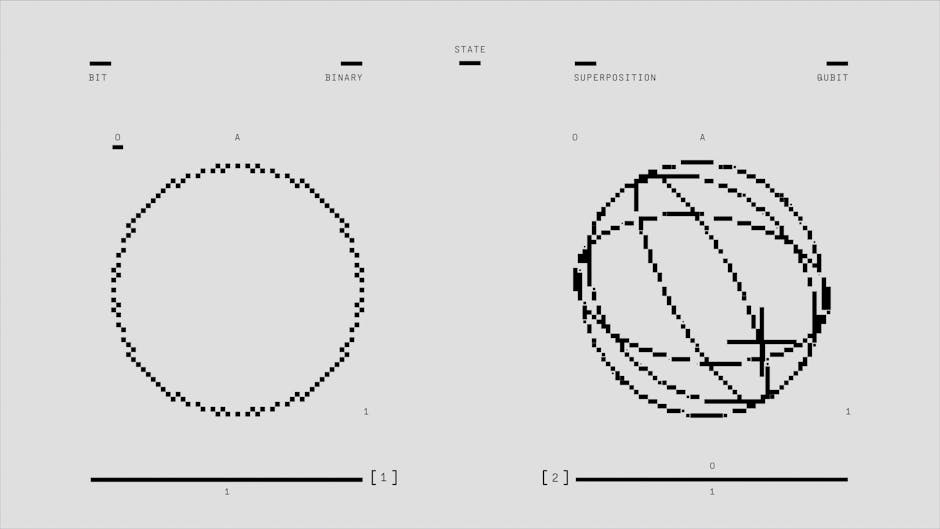Inside the Atom: A Journey to the Nucleus
The Fundamental Unit of Matter The atom, once considered the final, indivisible building block of the universe, is in reality a complex and dynamic microcosm. This fundamental unit of matter consists of a minute, dense core—the nucleus—surrounded by a cloud of rapidly moving electrons. The scale of the atom is almost incomprehensible; if an atom …








